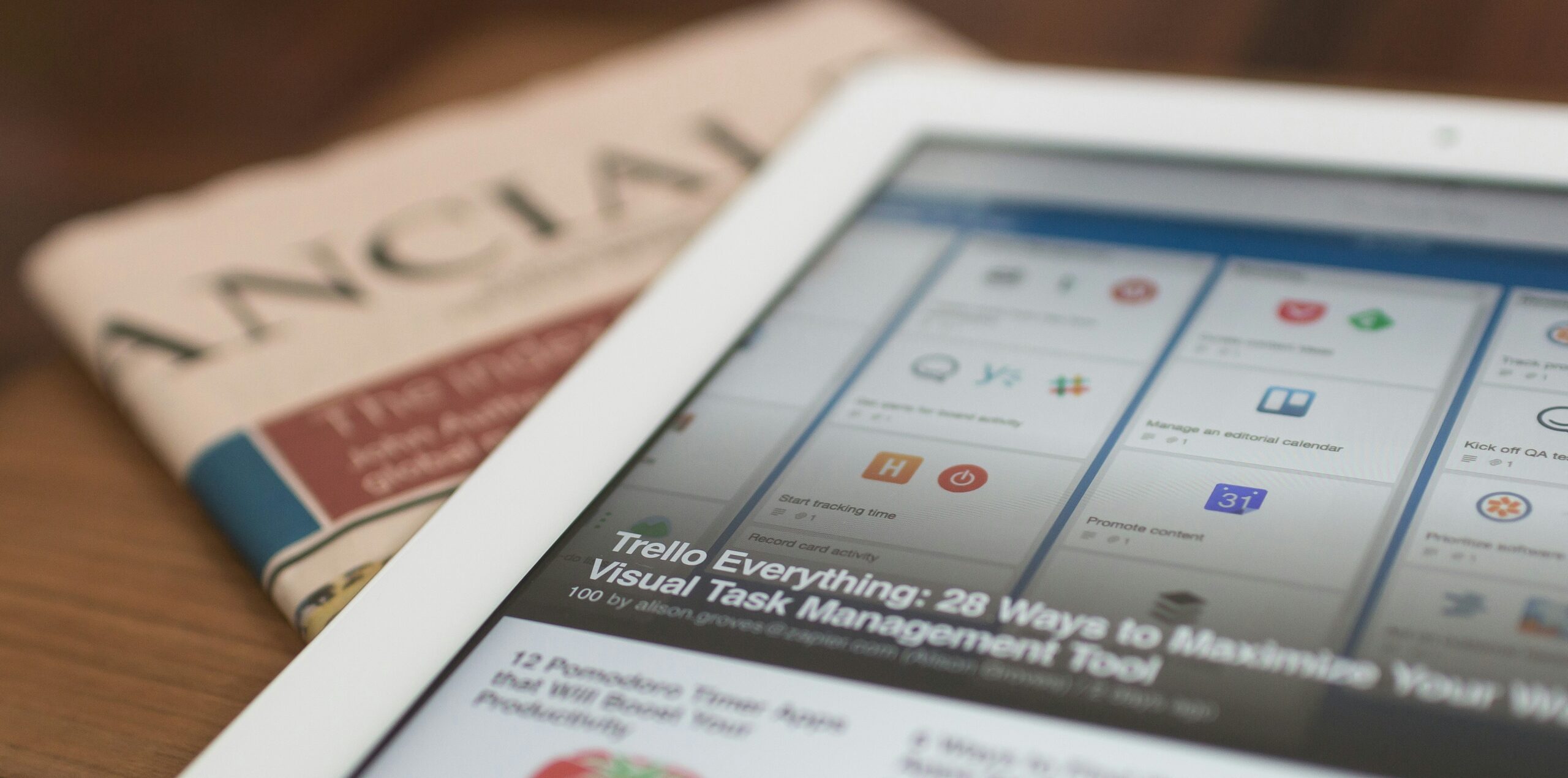RSS Feeds: A Simple Win for the Nonprofit Workflow

What are RSS Feeds?
Let’s start from the beginning. What is an RSS feed? RSS (a file type) stands for Really Simple Syndication or Rich Site Summary. RSS feeds are most often used to sync with websites and aggregate newly published content, and they’ve been around for a long time. The most commonly known use case for RSS feeds is people compiling news they’re interested in in one place without having to visit each and every one of their go-to news websites. (The Verge gives examples of what this looks like here. It’s helpful context if you need a better idea of what these look like in practice.)
Can they be leveraged at an organizational level?
We, of course, were setting ourselves up for an emphatic yes!
RSS feeds are a really effective–and relatively uncomplicated–solution for organizations that own multiple sites or web properties and want to make content upkeep easier, shared, and consistent across properties. Here are a couple of examples where we’ve leveraged this with our clients.
Grantmakers in the Arts
Grantmakers in the Arts, a support client, had a homepage news section that was serving up content from within their main Drupal site. But the Grantmakers team also owns a separate SquareSpace website that is more publishing-focused. They wanted an easy way to advertise and direct people coming to their main website to these external news pieces.
To solve for this, we set up an RSS feed in Drupal that imports new articles every hour from their publishing website to keep the news section up-to-date. The way it’s configured is super customizable and we can set parameters, add external sources, etc. An easy win!

Lehigh Valley Health Network
Lehigh Valley Health Network [LVHN] is doing something similar, but instead of it being for public-facing content, it’s used for backend content. LVHN and Valley Health Partners [VHP] both house information on doctors, offices, and education in the area. We created a feed on LVHN that pulls over this shared information regularly to VHP. So now, site editors can maintain doctor/office/education information in one place (the LVHN website) and it automatically updates information on the VHP website.
Both of these examples aren’t groundbreaking, but that’s by design.
RSS feeds are often forgotten due to their simplicity but can have a really big impact in terms of making internal workflows more efficient. It goes to show that all that glitters isn’t gold–we don’t always need a complex and complicated tech solution. Sometimes, what’s simple and cheap ends up being really effective, and proportionally, a huge win in terms of money spent versus time saved.
These are just two use cases; there’s plenty more RSS feeds can do for orgs:
- They can host RSS feeds of their news or blog to serve journalists, the media and any individuals who are interested in keeping current on the nonprofit’s news.
- RSS feeds can be linked to resource libraries to let users know when new resources drop.
- RSS feeds can help build a newsletter quicker by automatically pulling in your latest content.
I want in!
For those of us who want to be the ones on the receiving end of the RSS feed to keep up with nonprofits, there are a ton of ways to use them. We can subscribe to RSS feeds to keep up with specific websites, social media accounts (Bluesky and YouTube recently added new RSS features), newsletters¹, and more. Happy feeding!
¹This blog from Zapier is a great resource that goes into way more depth about how to set up RSS feeds for personal use and shows us some specifics on how to set up RSS newsletter feeds.